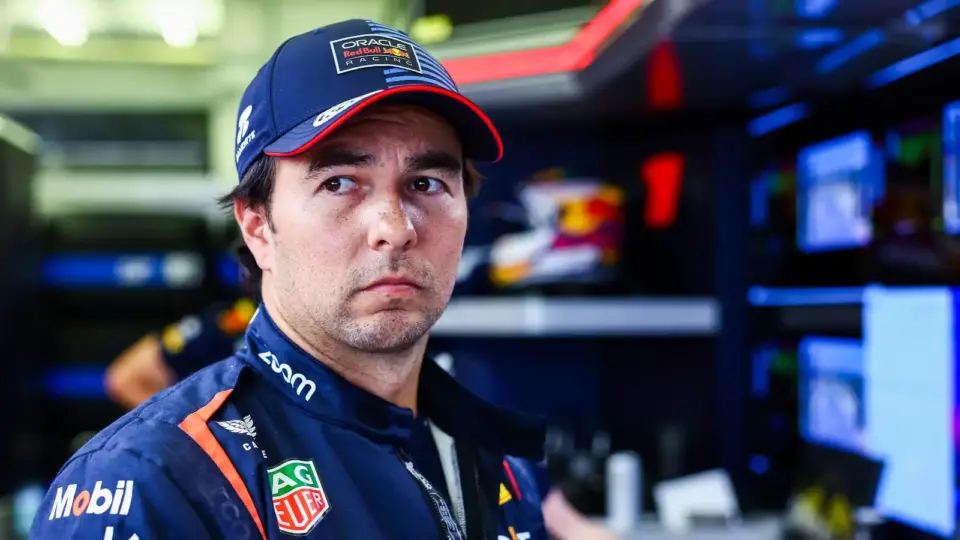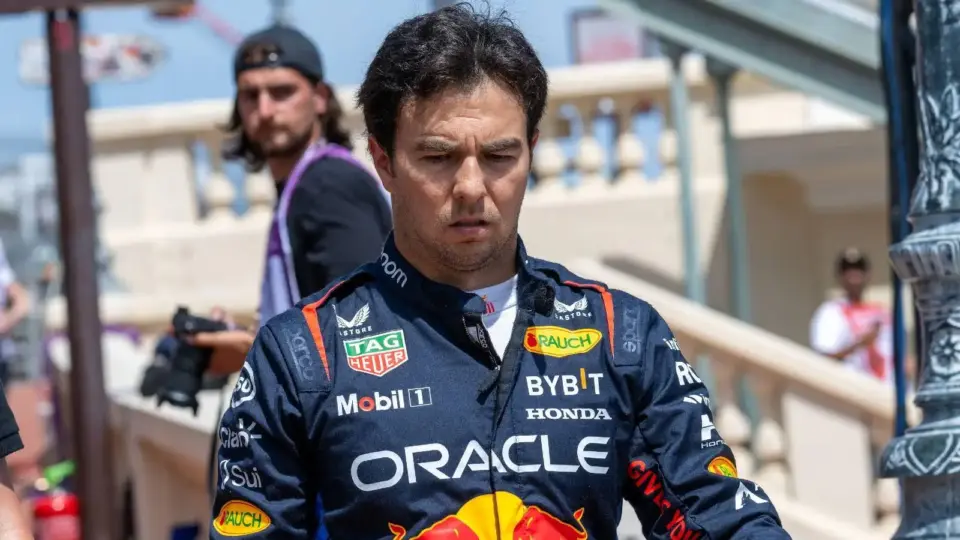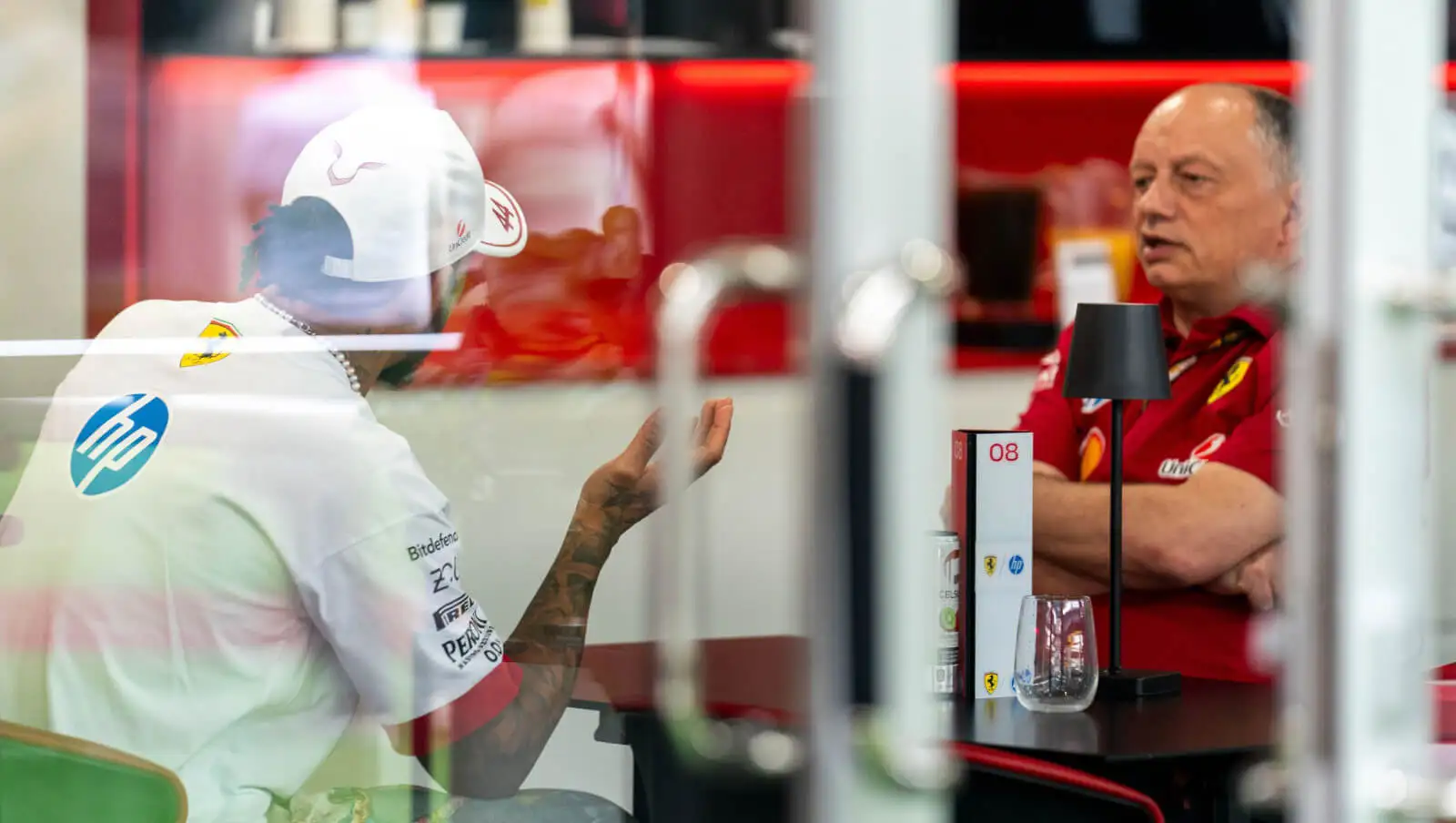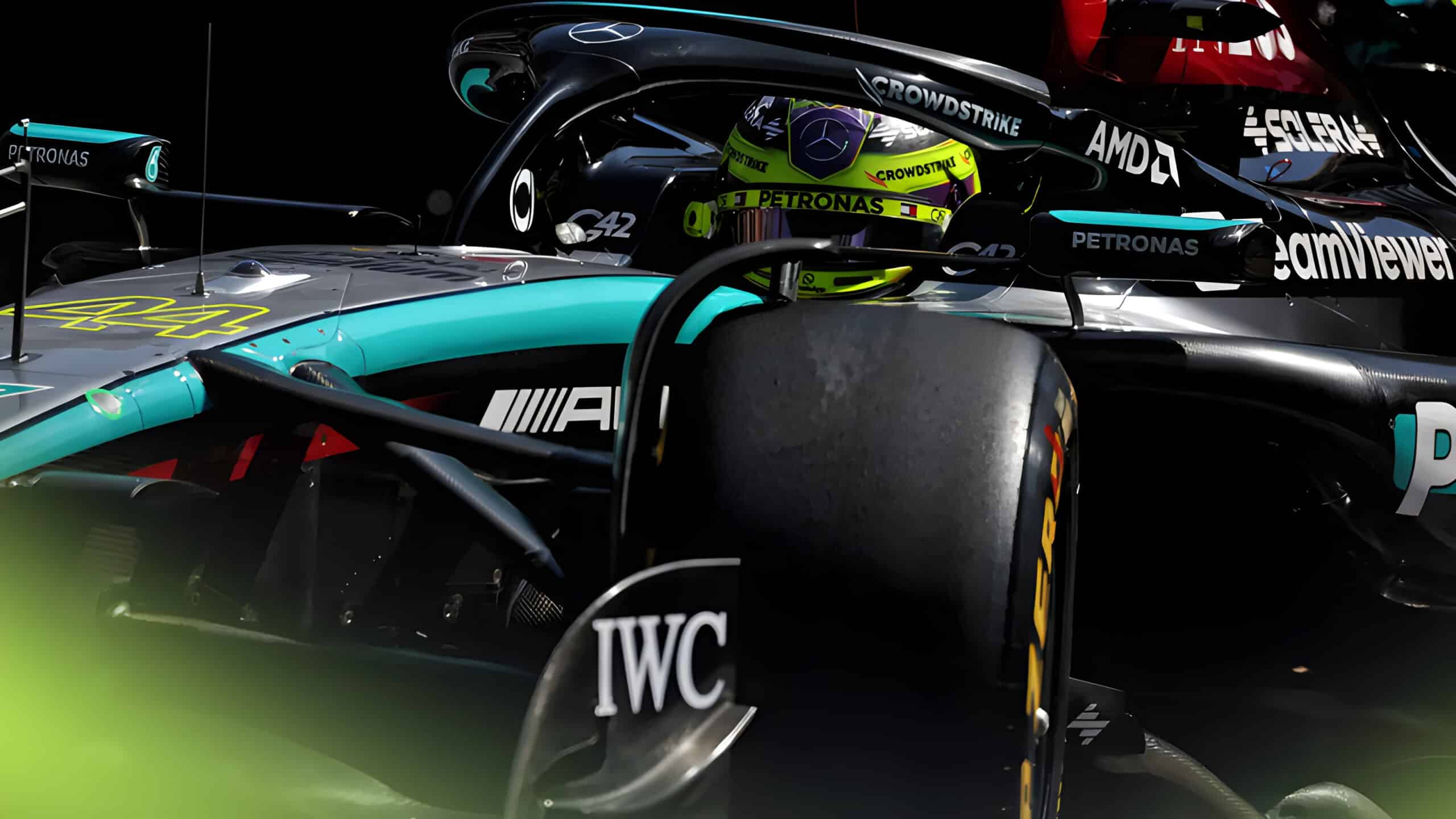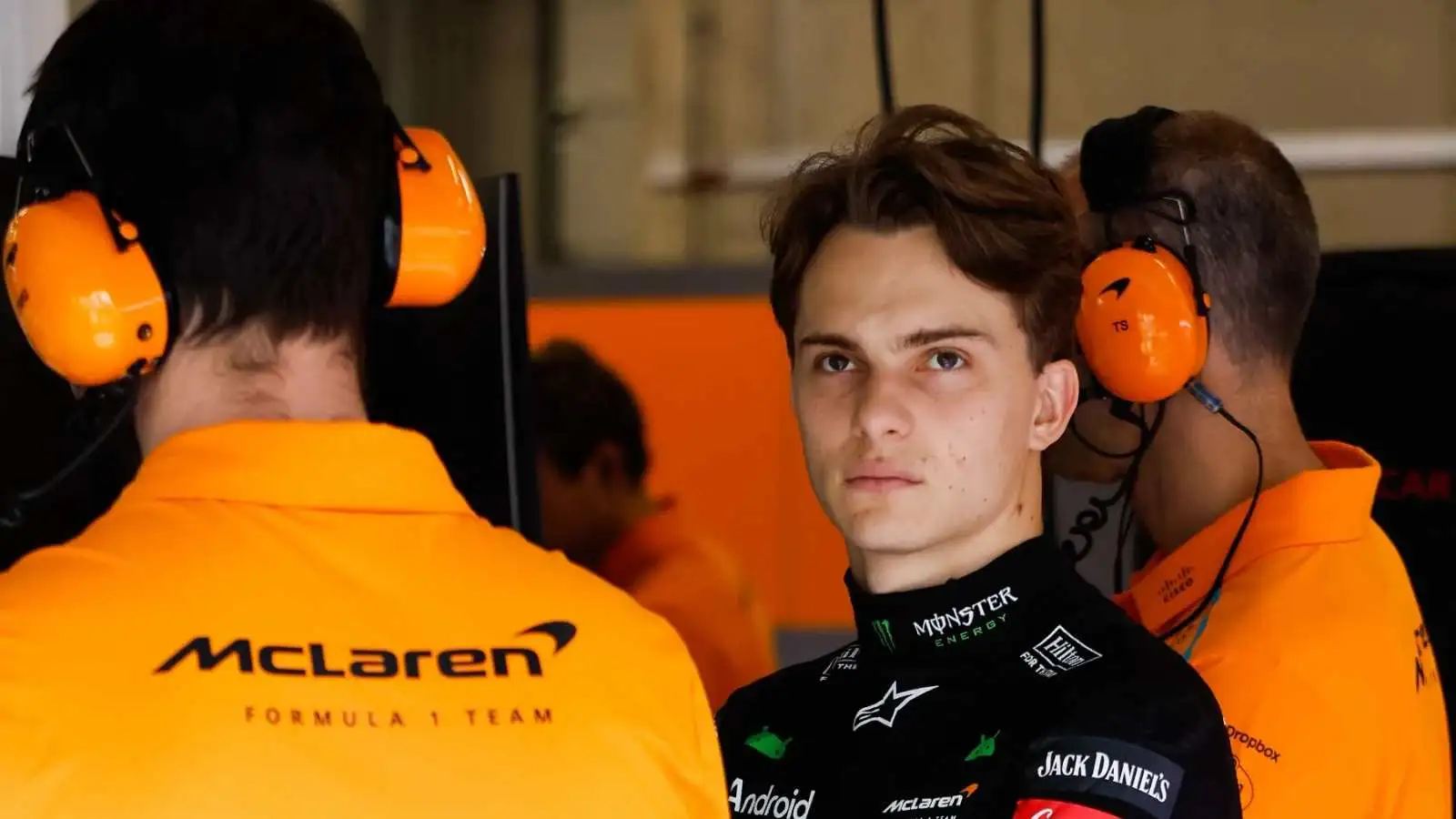Lewis Hamilton and Mercedes have faced a tough 2024 Formula One season, largely due to tyre performance. The seven-time world champion hasn’t held back in criticizing Pirelli’s tyres, claiming they offer a narrow window for optimal performance. But Pirelli isn’t taking this criticism lying down.
Hamilton’s troubles came to a head during the Miami Grand Prix. From the start, his weekend was filled with challenges, starting with his retirement from Sprint qualifying in the second half of the session. Things only got worse in the sprint race, where Hamilton dropped from P8 to P16 after a 20-second penalty for speeding in the pit lane and found himself in a fierce battle with Kevin Magnussen’s Haas, who racked up four penalties.
Qualifying for the main race didn’t offer much respite. Despite making some set-up changes between the Sprint and the Grand Prix qualifying sessions, Hamilton only managed to secure third place in Q2 and eventually qualified P8, lagging more than 0.4 seconds behind his Q2 time. His teammate, George Russell, fared slightly better, but it was clear Mercedes was struggling.
Hamilton couldn’t hide his confusion after the session. “I thought the first two sessions were generally better. Q2 was… the car suddenly felt mega in Q2 and then it disappeared in Q3. It’s the first time this year that it’s really worked in Q2, I would say,” he lamented. When asked if he knew what caused the loss of pace in Q3, Hamilton was at a loss: “We don’t know. We really, really don’t know and I couldn’t tell you, honestly…”
Throughout Friday and Saturday, tyre overheating and lack of grip were major issues. Hamilton wasn’t shy about his disdain for the current Pirelli tyres, reminiscing about the wider operating window offered by Bridgestone tyres in the past. “Q2 was the best the car felt and then in Q3 it just felt nowhere. We’re just working in a really tiny window of tyre performance. I can’t remember in my whole career having such a small window…” He added, “You look back to the days when you had a much bigger window to work with, so you could just optimize the balance and then have good grip throughout the lap. I don’t know. It’s definitely… it’s definitely my least favorite.”
Pirelli, on the other hand, defended its tyres and efforts. The Italian manufacturer suggests that the tighter competition in modern F1, where even small details can affect performance, makes tires seem less effective. Simone Berra, Pirelli’s Formula 1 Chief Engineer, explained, “Every tyre has its maximum performance at a certain point in time and the working window is just a definition. We use a percentage of grip loss to define the window. That was the same in the past as it is now. Back then, this detail was not so important, but today it is very important.”
Berra also pointed out that the car’s design and set-up, including suspension systems, play a significant role in tyre performance. “In the past, 15 or 20 years ago, we had cars that were 0.5 to 0.7 seconds apart, it wasn’t that close. Today it’s very different. Even a tenth of a second makes a big difference,” he noted. “We know that the C4 and sometimes the C5 have a small performance peak at high temperatures. Some teams are less able to hit that window than others. It’s partly down to the tyres, but it’s also down to the car, the suspension and how the car is designed to get the tyre out on the track. So there are two factors.”
Pirelli’s Formula 1 boss, Mario Isola, further elaborated on the importance of understanding the tyre’s working window. “In motorsport, when the tyre is cold, it generally has little grip. The grip increases as the temperature rises. Then there is a maximum, a turning point. After that, the tyre overheats and loses grip again. This peak grip performance is what the teams strive for during a race.” He added, “When we reach the maximum in the corner, we define the three percent around it as a working window. We try to make the corner flatter and as wide as possible between these two points. This approach aims to provide a broader and more consistent performance plateau, giving the rider a wider working window.”
While Hamilton’s frustration with the Pirelli tyres is understandable, the intricate nature of modern F1 means that performance issues are rarely down to a single factor. Pirelli’s explanations highlight the complexities of tyre design and performance, suggesting that the real issue might lie in the delicate interplay between the car and the tyres themselves.

